
We want movements that are effective, resilient, visible and safe. Building feminist communication strategies using ICTs helps us achieve this. ICTs impact us all, so we need to understand them, influence how they are developed, empower ourselves to use them and harness them to make a difference.
Across the world, women are using information and communication technologies (ICTs) to support rights agendas, tell their own stories and challenge emerging issues in regard to access, women’s voices and violence. We can use ICTs for social, political and economic participation.
Women’s organising has brought about many changes and created a more equal world but we still face many challenges. We must take advantage of the extraordinary potential of ICTs to help us bring about social justice, equality between women and men, as well as for all oppressed groups.
We know that much of our activism and organising happens and always will happen in person and “offline”. Linking to the tools of the online world, however, creates powerful ways to make visible our campaigns in new and wider spaces and to engage expanded networks of people.
About the toolkit
In this toolkit, we draw on the experience and contexts of women activists in southern Africa and beyond. And while we focus on women’s rights activists, anyone who is part of a movement for social change will find it useful.
The toolkit aims to assist activists to think through their communication strategies in a way that supports movement building. It offers a practical guide to writing a communication strategy and reviews a number of tools (ICTs) and technology-related campaigns which can be used in organising work.
The toolkit is also about feminist practice and how to use tools and communicate in ways that are democratic, make women’s voices stronger and louder whilst challenging stereotypes and discriminatory social norms. We hope it will assist activists in making creative, safe and sustainable choices in using ICTs in our communication strategies.
- experiment and be creative in the way you communicate
- think about how communications can help us to build movements for social justice
- develop a feminist communication strategy for your organisation that amplifies women’s voices and supports them to tell their own stories
- think about which ICTs to use and when
- adopt a feminist approach to your use and understanding of ICTs
- communicate in ways that challenge gender stereotypes
- think through safety and security concerns that women activists face when using technology
- understand how power works in design, governance and access to ICTs and challenge inequality in our world
- design a workshop for your organisation on ICTs and communications.
Table of Contents
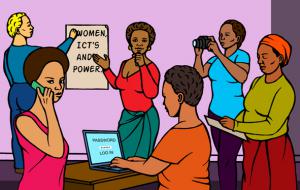
Chapter 2: This toolkit’s political framework
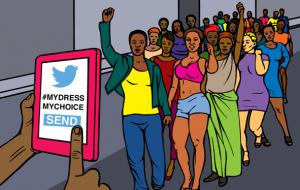
Chapter 3: Communicating for feminist movement building
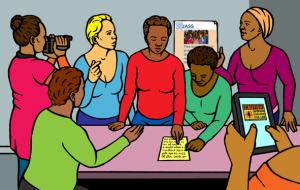
Chapter 4: The internet and ICTs as political spaces and tools
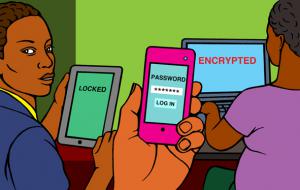
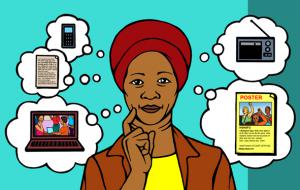
Illustrations by Donovan Ward.
We would appreciate your feedback once you’ve used the toolkit. Click here to complete a short survey.